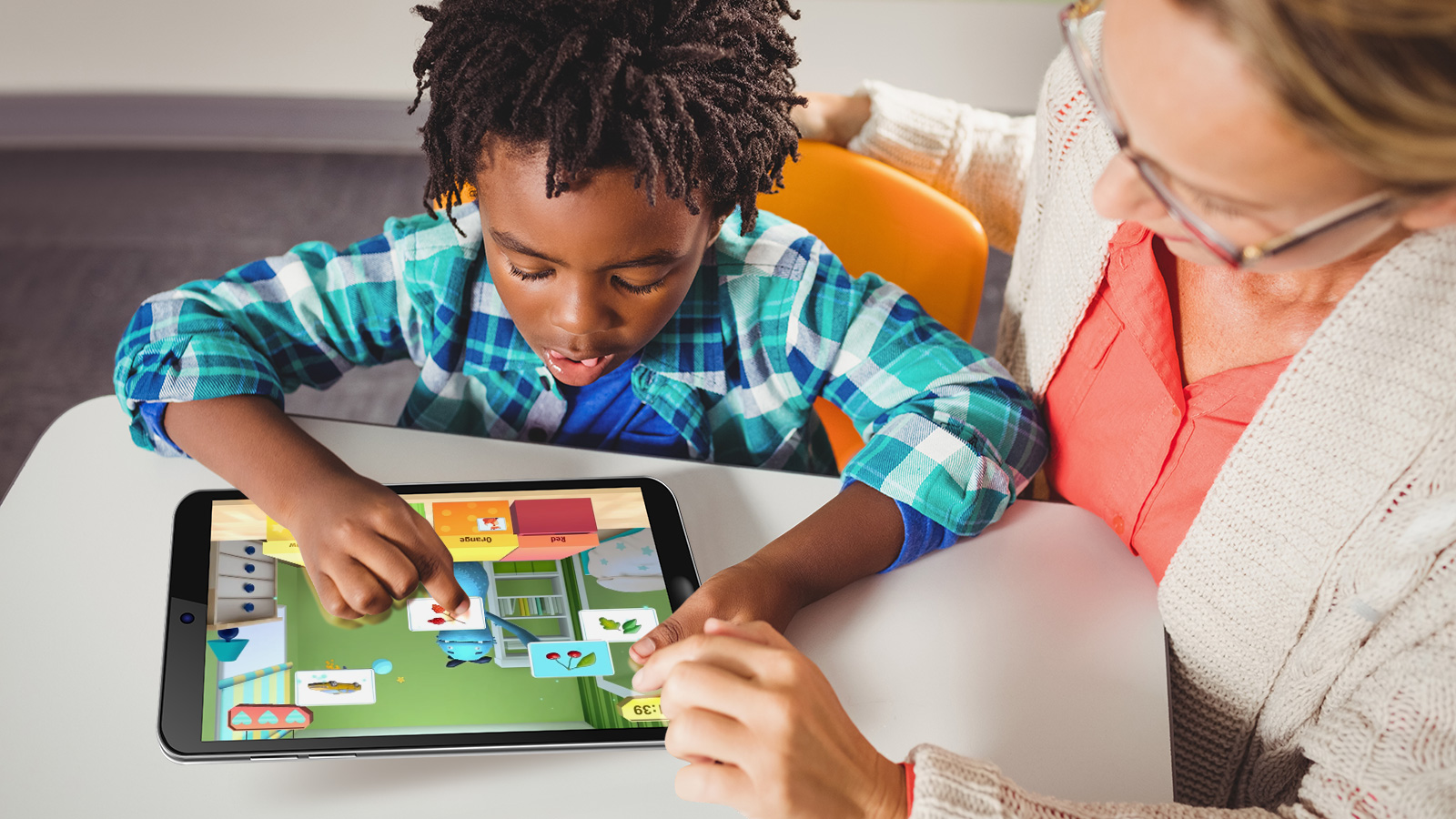Personalized Learning helps Students with Special Needs catching up after School Shutdowns

When the COVID-19 pandemic first began, it placed an enormous strain on schools across the country. School administrators and educators had to make a sudden shift to remote learning, turning homes into makeshift classrooms. Despite trying to make the best of the situation, research studies show that the prolonged period of school disruption and remote learning have led to little or no progress of students wil learning disabilities. Even as schools now have reopened, it takes time to reverse the damage and get the nation’s children back on a sound educational footing.
For students with disabilities, the hardships they’ve encountered during this time have been especially heavy. Cut off from their usual routines, services and interventions, many have regressed in their learning and development. Both the parents and guardians of these children have also been having a tough time, rarely getting the services they are entitled to and often having to juggle the needs of caring for a disabled child with their other personal and professional responsibilities. What are schools doing to help these children and parents?
Returning to school
In 2019-20, there were 7.3 million students who qualified to receive special education services under the Individuals with Disabilities Act (IDEA). In a normal year, these students would have been entitled to a free evaluation and assessment, the creation of an Individualized Education Plan (IEP), and access to special education services in a non-restrictive environment. Sadly, many of these children did not receive all the quality of the services they were entitled to. Some didn’t receive any help at all for some period.
Due to the COVID-19 pandemic, almost overnight, schools everywhere had to make this sudden switch, which often necessitated changing their special education programs. The results have been especially dire for those students that require a hands-on or face-to-face approach or specialized equipment that isn’t available at home. Issues were further exacerbated by school staff relocations, understaffing, etc.
While some students with disabilities thrived during remote learning, many anecdotal media reports suggest that many more struggled and now show signs of regression. Those services that were provided often had a negative impact during the pandemic.
The worst of the pandemic now seems to be behind us. Many schools have already been operating in a quite "traditional" mode. However, there is still a lot of debate about what schools can do to help their special needs students that have fallen behind. For a lot of parents, their biggest worry is about whether their children will receive evaluation and monitoring to assess their current state.
It’s a very difficult situation for school administrators, who must organize a full return to school for all students while also ensuring their special needs students get all the care they are entitled to.
How Technology Might Be the Answer
One solution that many schools are turning to is the use of Assistive Technology (AT) to make up for their understaffing issues. With each passing year, we're seeing more and more schools adopt technology for use in the classroom. For PreK-5 students, Kinems provides the answer through a full range of multisensory education games for use in both the home and the classroom. Available through a wide range of media formats including tablets, laptops, digital cards, board games, and movement stations, Kinems platform exists to provide educators and therapists with the tools they need to offer personalized activities for both individual students and groups.
These activities go beyond academics by also providing physical exercises to improve things such as motor perception, eye-hand coordination, response inhibition, bilateral coordination and balance, memory focus, and many more.
In addition, Kinems program also allows educators to easily assess, track, and review the development of their special needs students through printable worksheets. All of this is achieved through a five-step process.
Step 1: Based on the stated IEP goals and individual needs of each child, educators can easily choose the correct games for their needs. Each game is made to be highly stimulating and personalized, allowing for better engagement, retention, and performance.
Step 2: While each student is engaged in their activities, educators will receive real-time reports to monitor the student’s progression. This is especially useful for tracking movement-based activities.
Step 3: On gathering these data reports, educators can then fine-tune the difficulty level of the academic and body activities to aid students in reaching their IEP goals.
Step 4: All data can then be exported for each student to share with their parents and guidance counselors. This way, everyone stays in the loop.
Step 5: Using a completely online approach, parents and guardians can quickly access their child’s data at any time from anywhere using the web. It really couldn’t be more simple.
While schools were closed during the worst of the pandemic, Kinems platform has been supporting many of them through its innovative approach to remote learning. One research study, that tested the effective use of Kinems platform through video-conferencing and online leaning, found that it had a positive impact on the students who participated. Other peer-reviewed studies by scientists in the U.S. and Europe also found that the use of Kinems platform led to increased academic performance, cognitive abilities, and motor skills for students.
Final Thoughts
Schools will find the funds they need to hire more staff, purchase assistive technologies and get their special education programs back on track. The last year can, unfortunately, not be turned back. But hopefully, by using solutions including the Kinems embodied learning platform, parents and educators can immediately assess where their child is in their development and start offering the personalized intervention needed to get them back on track.